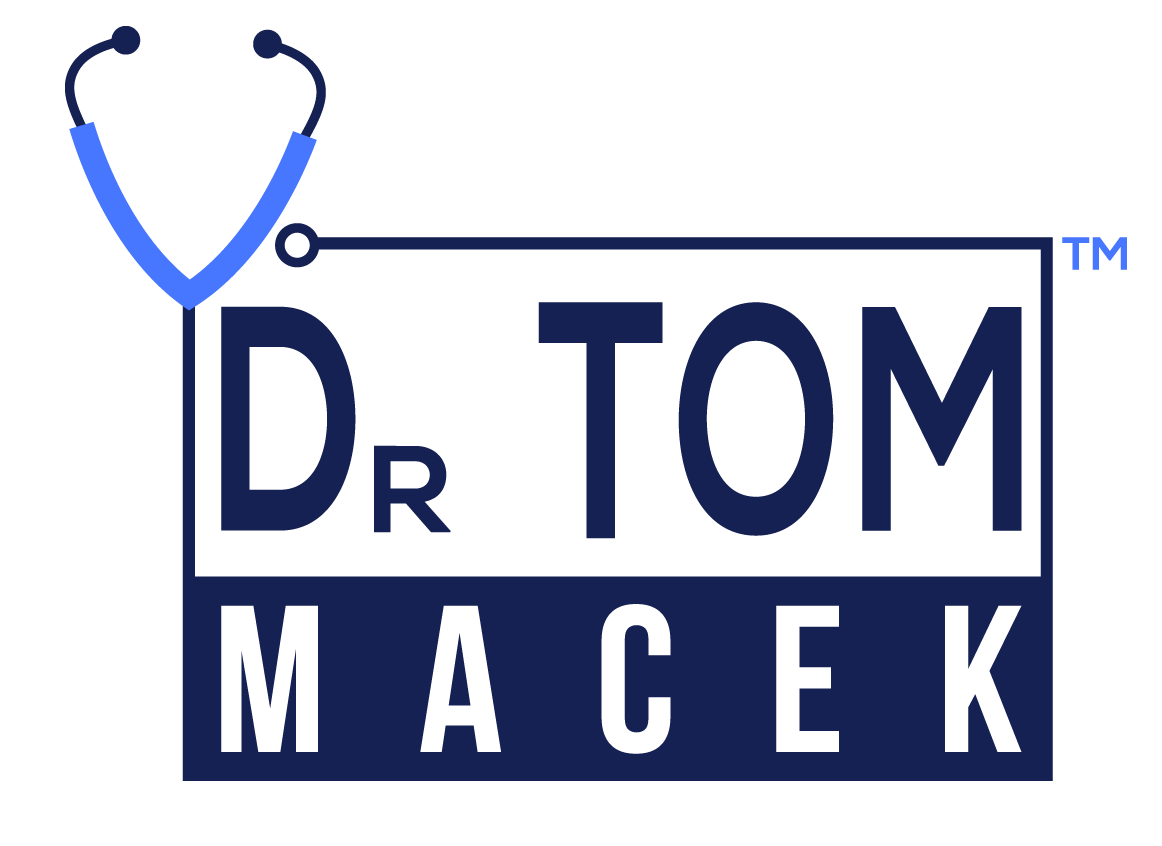Lower Back Pain
It is an unfortunate, yet a commonly misconceived notion that lower back pain (LBP) is a trivial issue and one that can even be mistakenly ignored by patients and doctors, as a self- limiting condition. You should always look for medical experts specialized in treatment of back pain and the good news is that Dr. Tom is the doctor to visit.
An ordinary human being will, at some point, experience LBP. This condition is so common in that it is the second most common ailment after common cold. It has been researched and made universal knowledge that this condition is a multi-factorial disease that affects anyone without considering the age barrier. However, there’s no need for panic since, on the flip side, Dr. Tom has developed procedures that aren’t necessarily inclusive of any drugs or medication and we have a track record in treatment of LBP.
But what is LBP exactly?
Lower back pain is a type of pain often felt at the back, specifically the lower area of the spine. It can also be the pain that is felt from the hip or pelvis as well as the thoracic spine as long as it projects to the region of the lumbar vertebrae.
The symptoms of LBP depend on the structures experiencing irritation. It should be noted that the type of lower back pain that changes its location is usually functional. LBP that is accompanied by radiation into the leg, a burning sensation, as well as a significant level of numbness and tingling should be considered serious and therefore one should make a point of visiting us for the best LBP treatment should these symptoms show up.
In anatomical terms, LBP is as a result of structural pathology for instance: herniated or protruded disc and also arthritis of the lumbar joints. Another cause could be pinched nerve located within or around the regions of the spinal canal or even the spinal foramens. In addition, LBP could be seen as a functional condition like the muscular and ligamentous pain.
Certain factors are attributed to lower back pain. Some of these are:
Poor posture
Developmental aberrations
- Muscular or ligamentous strain
- Poor motor control of the lumbar spine
- Poor function of the lumbopelvic-hip complex
- Trauma
- Bulging or herniated disc
- Sacroiliac joint restriction or hypermobility
- Poor function of the core (deep spinal stability mechanisms)
- Poor breathing mechanism
There are also risk factors that are usually associated with a significant percentage of all cases of LBP. These include:
- Genetics
- Non-optimal motor development in infancy (motor system never totally matured, very common)
- Level of fitness (core musculature in particular)
- Age
- Occupational overload
- Trauma
- Repetitive strain by sporting activities
- Pregnancy
If you do not address LBP’s symptoms immediately, they could turn chronic, hence the term chronic LBP. Most of the factors leading to this condition could be alleviated through basic intervention. They include:
- Poor, inadequate and untimely treatment
- poor beliefs
- poor copping strategies
- overuse of structural diagnosis
- Emotional stress
In most cases of LBP, we perform a clinical diagnosis, except for some cases exhibiting severe symptoms of huge pain with numbness, tingling sensations, radiation as well as loss of strength where Dr. Tom will recommend a more specialized procedure like an MRI.
Testimonial
What Dr. Tom's Patients Say...
"My friend told me to go see Dr. Macek just once, I did!! I can’t say how much I love this doctor. He has helped me to get through my day to day activities."
— J. Barri - Actual Patient

